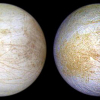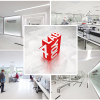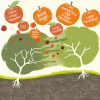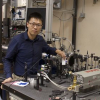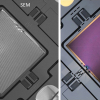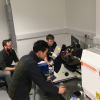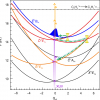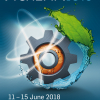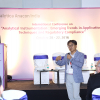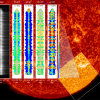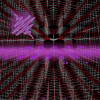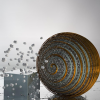UV and Visible Spectroscopy News
Heidelberg University physicists develop new method based on UV photoelectron spectroscopy to show the energetic landscape within solar cells made from organic materials.
Visible spectroscopy has identified deposits of NaCl on Jupiter’s moon Europa.
Young scientists can apply for laboratory bench space for their own research in “Shimadzu Laboratory World”.
The ABS Trust is seeking applications for the Gordon F. Kirkbright bursary award and the new Edward Steers bursary, both open to early career scientists.
Machine learning techniques using a combination of the layer clustering and decision tree methods aids prediction of spectra.
Metrohm AG has acquired B&W Tek’s Spectroscopy Solution business, B&W Tek LLC, as well as several overseas subsidiaries.
Frequency modulation spectroscopy is shown to detect record low levels of OH in combustion processes.
Applications for this prestigious award are invited by 30 November 2018.
McPherson has appointed Titan Electro-Optics as their exclusive agent in China and Hong Kong.
Combining metasurface lenses with MEMS technology could add high-speed scanning and enhance focusing capability of optical systems.
Raman, infrared, x-ray photoelectron and ultraviolet/visible spectroscopies are being used at the University of Liverpool to help develop better energy storage devices.
Observing the crucial first few femtoseconds of photochemical reactions requires tools typically not available in the femtochemistry toolkit. Such dynamics are now within reach with the instruments provided by attosecond science. In a study published in Nature Communications, researchers from Max Born Institute for Nonlinear Optics and Short Pulse Spectroscopy (MBI) characterise one of the fastest internal conversion processes in a molecule studied to date.
A new method for residual solvent characterisation using gas chromatography-vacuum ultraviolet spectroscopy reduces analysis time and specificty.
Achema 2018 is inviting contributions to the Achema Congress and the PRAXISforums; deadline 22 September 2017.
A cooperation between Messe München India and the Indian Pharma Machinery Manufacturers Association (IPMMA) will collocate events jointly representing 600+ global and Indian companies.
Ultraviolet spectropolarimetry has produced some unexpected results from analysis of solar radiation, showing important information on aspects of the Sun’s magnetic field.
Titanium dioxide (TiO2) is one of the most promising materials for photovoltaics and photocatalysis nowadays. This material appears in different crystalline forms, but the most attractive one for applications is “anatase”. EPFL scientists have now shed light onto the problem by a combination of steady-state and ultrafast spectroscopic techniques, as well as theoretical calculations.
Scientists at Chalmers University of Technology, Sweden, have developed a new way to study nanoparticles one at a time using plasmonic nanospectroscopy, and have discovered that individual particles that may seem identical in fact can have very different properties. The results, which may prove to be important when developing new materials or applications such as hydrogen sensors for fuel cell cars, will be published in Nature Materials.
Analytik Jena celebrates its 25th anniversary. As one of the first companies founded in East Germany after the fall of the Berlin wall, they have grown to offer a wide range of analytical products including a wide wide of atomic spectroscopy instrumentation.


